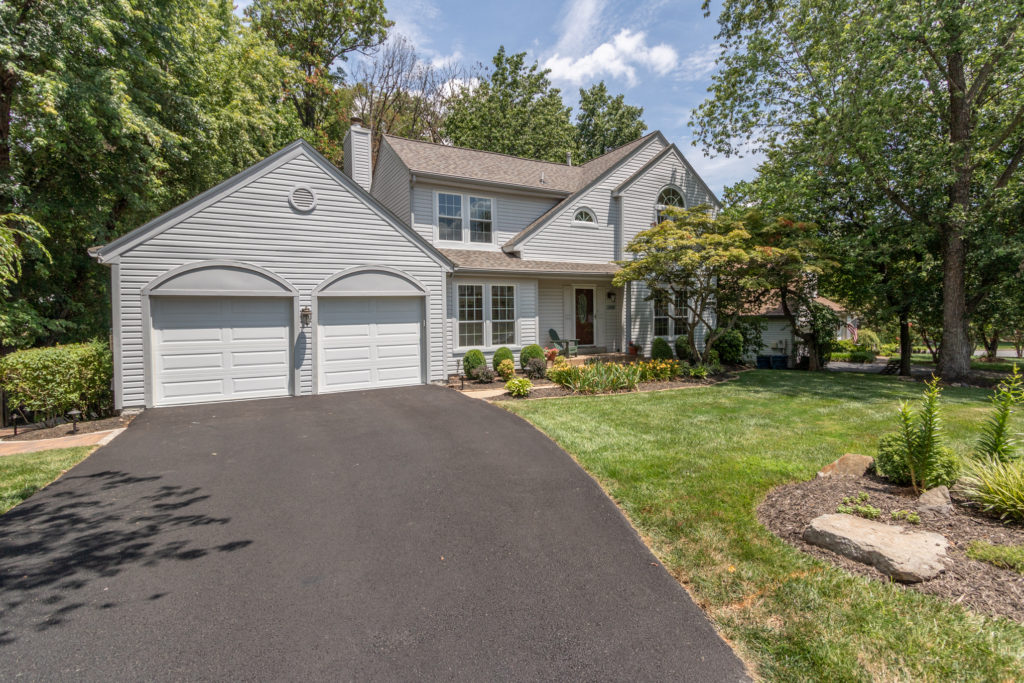With a MyHomesMedia High Definition hosted home tour you become the expert! You give a tour of the house the way you would if you could be there to meet and greet every person that walks through the door.
The Art of Composition in Real Estate Photography

If you’re looking to sell a property, real estate photography is a critical aspect of your marketing strategy. Real estate photography is the art of capturing images that showcase the best features of a property, while downplaying any negative aspects. This type of photography requires a keen eye for detail, a good understanding of the principles of composition, and a willingness to put in the time and effort required to get the best possible results.
Understanding the Rules of Composition
One of the most important things to understand when it comes to real estate photography is the rules of composition. Composition refers to the way elements within a scene are arranged and how they interact with one another. The goal of good composition is to create an aesthetically pleasing image that draws the eye of the viewer to the most important elements within the scene.
There are several key rules of composition that real estate photographers should be aware of, including:
- The rule of thirds: This rule states that images are more pleasing to the eye when the subject is placed off-center, with the image divided into thirds.
- Leading lines: Leading lines help guide the eye of the viewer through the image, leading them towards the subject. This can be done through the use of natural lines within the scene or by using lines created by the photographer.
- Symmetry and balance: Symmetry and balance are important elements in creating aesthetically pleasing images. A symmetrical image feels balanced and calming, while an unbalanced image can feel chaotic and off-putting.
- Simplicity: Simple compositions are often more effective than busy, cluttered ones. This means avoiding distracting elements in the background and focusing on the key features of the property.
The Importance of Good Lighting
In addition to the rules of composition, lighting is another critical aspect of real estate photography. Good lighting can help to enhance the mood of a scene, bringing out the best in the property and creating images that are visually appealing. There are several things to consider when it comes to lighting in real estate photography, including:
- Natural light: Natural light is often the best option for real estate photography, as it provides a soft and flattering light that brings out the best in the property.
- Artificial light: When natural light is not available, artificial light can be used to create the desired mood and atmosphere. This can be done through the use of lamps, overhead lights, or other sources of artificial light.
- Shadows and reflections: Shadows and reflections can play an important role in real estate photography, creating depth and interest in an image. Photographers should be aware of how shadows and reflections interact with the subject, and use this to their advantage.
The Importance of Proper Preparation
Finally, it’s important to remember that real estate photography requires proper preparation. This means taking the time to stage the property, to ensure that it’s ready for photography. This may include rearranging furniture, cleaning up, and removing any distracting elements from the scene.
In conclusion, real estate photography is a critical aspect of your marketing strategy if you’re looking to sell a property. Understanding the rules of composition and the importance of good lighting, as well as properly preparing the property, can help you create images that showcase the best features of the property and help you sell your listings more effectively.









